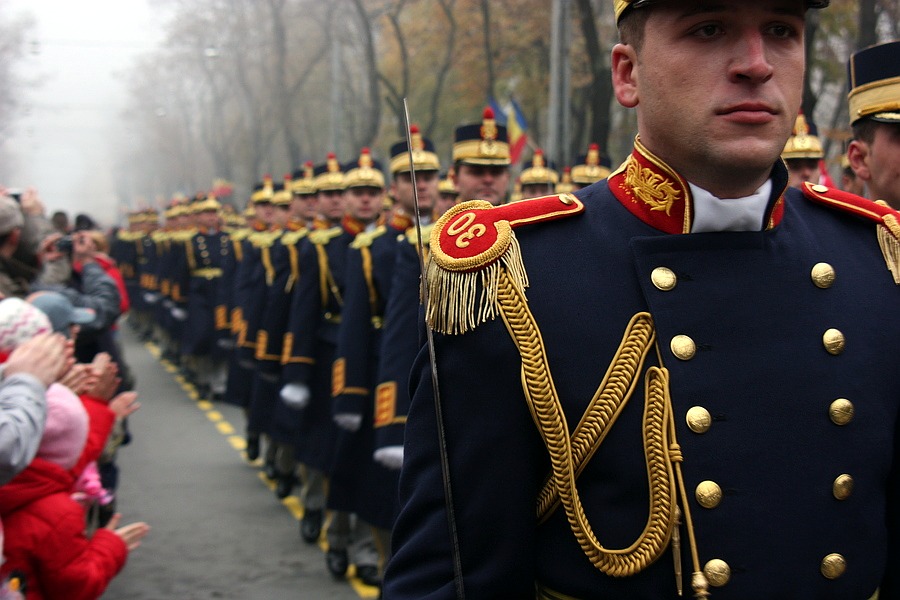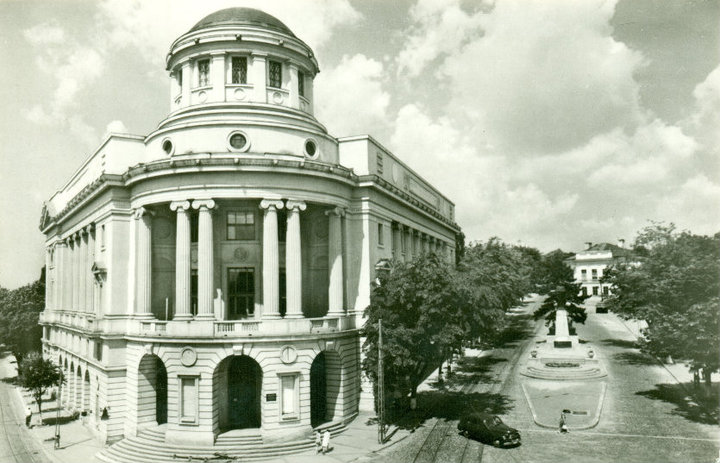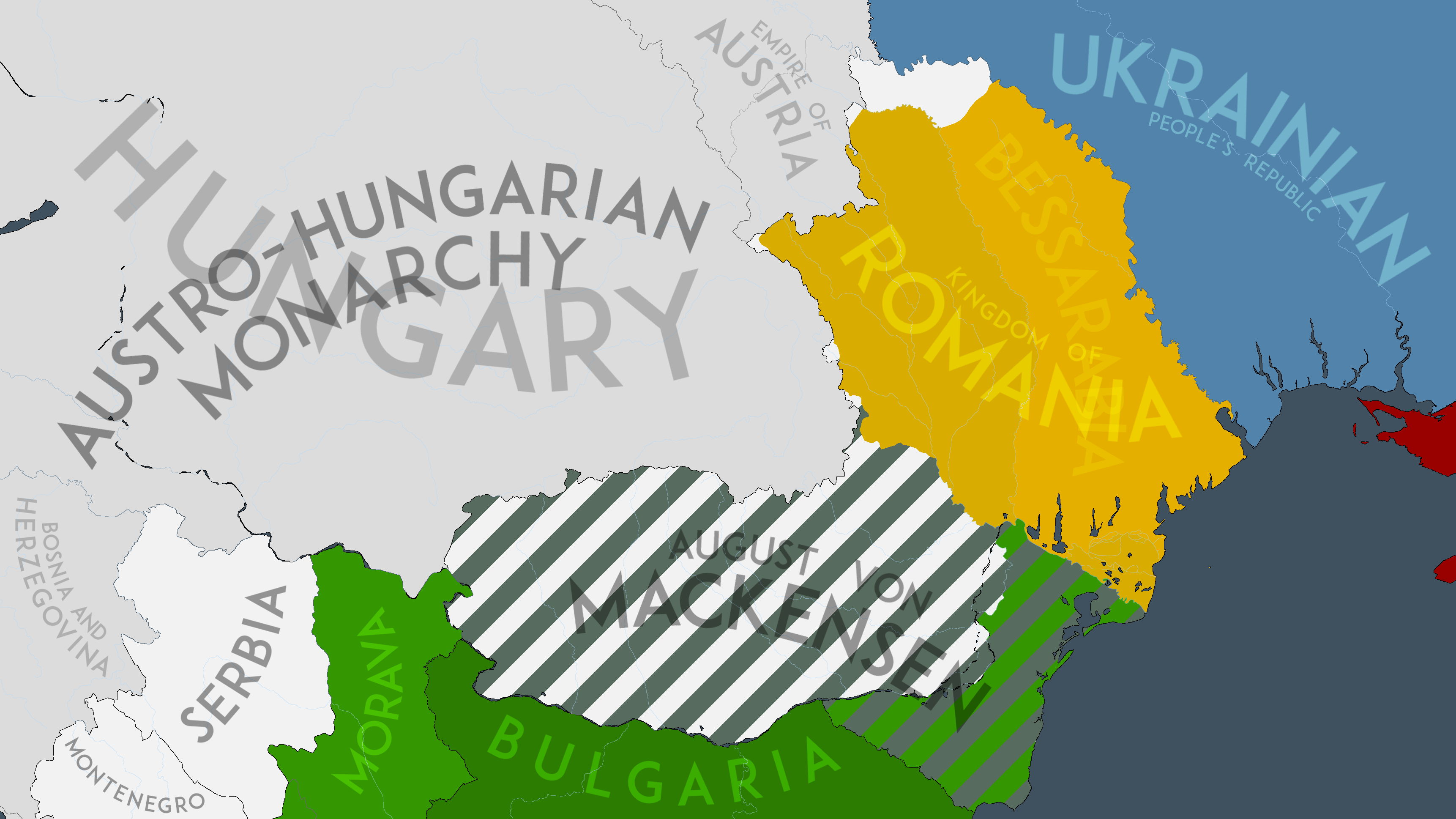|
Public Holidays In Romania
The following is a list of public holidays in Romania. According to Romanian law, Romania had 15 public holidays as of 2011, which cover 14% of the days of the year in the country. Official non-working holidays Other working holidays and observances Traditional holidays – working observances See also * Public holidays in Moldova * Public holidays in Transnistria References External linksPublic holidays in Romania {{Public holidays in Europe Culture of Romania [...More Info...] [...Related Items...] OR: [Wikipedia] [Google] [Baidu] |
Soldiers On Parade
A soldier is a person who is a member of an army. A soldier can be a Conscription, conscripted or volunteer Enlisted rank, enlisted person, a non-commissioned officer, a warrant officer, or an Officer (armed forces), officer. Etymology The word ''soldier'' derives from the Middle English word , from Old French or , meaning mercenary, from , meaning shilling's worth or wage, from or , shilling. The word is also related to the Medieval Latin , meaning soldier (). These words ultimately derive from the Late Latin word , referring to an Ancient Rome, ancient Roman coin used in the Byzantine Empire. Occupational and other designations In most armies, the word "soldier" has a general meaning that refers to all members of an army, distinct from more specialized military occupations that require different areas of knowledge and skill sets. "Soldiers" may be referred to by titles, names, Nickname, nicknames, or Acronym, acronyms that reflect an individual's military occupation spec ... [...More Info...] [...Related Items...] OR: [Wikipedia] [Google] [Baidu] |
Saint Andrew's Day
Saint Andrew's Day, also called the Feast of Saint Andrew or Andermas, is the feast day of Andrew the Apostle. It is celebrated on 30 November, during Scotland's Winter Festival. Saint Andrew is the disciple in the New Testament who introduced his brother, the Apostle Peter, to Jesus, the Messiah. Traditions and celebrations Saint Andrew's Day marks the beginning of the traditional Advent devotion of the Saint Andrew Christmas Novena. Saint Andrew's Day (, ) is Scotland's official national day. It has been a national holiday in Romania since 2015. He is the patron saint of Cyprus, Scotland, Greece (City of Patras), Romania, Russia, Ukraine, the Ecumenical Patriarchate of Constantinople, San Andres Island (Colombia), Saint Andrew (Barbados), Tenerife (Spain), and Chamoson (Switzerland). Scotland The celebration of Saint Andrew as a national festival among some social strata and locales is thought to originate from the reign of Malcolm III (1058–1093). It was thought tha ... [...More Info...] [...Related Items...] OR: [Wikipedia] [Google] [Baidu] |
International Women's Day
International Women's Day (IWD) is celebrated on 8 March, commemorating women's fight for equality and liberation along with the women's rights movement. International Women's Day gives focus to issues such as gender equality, reproductive rights, and violence and abuse against women. Spurred by the universal female suffrage movement, International Women's Day originated from labor movements in Europe and North America during the early 20th century. The earliest version reported was a "Woman's Day" organized by the Socialist Party of America in New York City on 28 February 1909. In solidarity with them, communist activist and politician Clara Zetkin proposed the celebration of "Working Women's Day", approved at the 1910 International Socialist Women's Conference in Copenhagen, albeit with no set date; the following year saw the first demonstrations and commemorations of International Women's Day across Europe. Vladimir Lenin declared 8 March as International Women's Day in ... [...More Info...] [...Related Items...] OR: [Wikipedia] [Google] [Baidu] |
World Day Of Social Justice
World Day of Social Justice (Social Justice Equality Day) is an international day recognizing the need to promote social justice, which includes efforts to tackle issues such as poverty, exclusion, gender inequality, unemployment, human rights, and social protections. Overview Many organizations, including the UN, American Library Association (ALA), and the International Labour Organization, make statements on the importance of social and present plans for greater social justice by tackling poverty, social and economic exclusion and unemployment. The United Nations General Assembly has decided to observe 20 February annually, approved on 26 November 2007 and starting in 2009, as the World Day of Social Justice. The Declaration focuses on guaranteeing fair outcomes for all through employment, social protection, social dialogue, and fundamental principles and rights. Teaching Social Justice Day Ideal topics for teaching students about the need for social justice include (but ar ... [...More Info...] [...Related Items...] OR: [Wikipedia] [Google] [Baidu] |
Constantin Brâncuși
Constantin Brâncuși (; February 19, 1876 – March 16, 1957) was a Romanian sculptor, painter, and photographer who made his career in France. Considered one of the most influential sculptors of the 20th century and a pioneer of modernism, Brâncuși is called the patriarch of modern sculpture. As a child, he displayed an aptitude for carving wooden farm tools. Formal studies took him first to Bucharest, then to Munich, then to the École des Beaux-Arts in Paris from 1905 to 1907. His art emphasizes clean geometry, geometrical lines that balance forms inherent in his materials with the symbolism (arts), symbolic allusions of representational art. Brâncuși sought inspiration in non-European cultures as a source of Primitivism, primitive exoticism, as did Paul Gauguin, Pablo Picasso, André Derain, and others. However, other influences emerge from Romanian art, Romanian folk art traceable through Byzantine Empire, Byzantine and Dionysian traditions. Early years Brâncu� ... [...More Info...] [...Related Items...] OR: [Wikipedia] [Google] [Baidu] |
International Holocaust Remembrance Day
The International Holocaust Remembrance Day, or the International Day in Memory of the Victims of the Holocaust, is an list of minor secular observances#January, international memorial day on 27 January that memorialization, commemorates Holocaust victims, the victims of the Holocaust, which resulted in the genocide of one-third of the Jews, Jewish people along with countless numbers of individuals of other minority groups, by Nazi Germany between 1933 and 1945: an attempt to implement its "Final Solution" to the Jewish question. The choice of January 27 for the annual commemoration aligns with the Liberation of Auschwitz concentration camp, liberation of the Auschwitz concentration camp by the Red Army in 1945. The day commemorates the systematic extermination of 6 million Jews, representing two-thirds of Europe’s Jewish population, alongside the deaths of millions of others perpetrated by the Nazi regime and its collaborators. It was designated by United Nations General Asse ... [...More Info...] [...Related Items...] OR: [Wikipedia] [Google] [Baidu] |
Mihai Eminescu
Mihai Eminescu (; born Mihail Eminovici; 15 January 1850 – 15 June 1889) was a Romanians, Romanian Romanticism, Romantic poet, novelist, and journalist from Moldavia, generally regarded as the most famous and influential Romanian poet. Eminescu was an active member of the Junimea literary society and worked as an editor for the newspaper ''Timpul'' ("The Time"), the official newspaper of the Conservative Party (Romania, 1880–1918), Conservative Party (1880–1918). His poetry was first published when he was 16 and he went to Vienna, Austria to study when he was 19. The poet's manuscripts, containing 46 volumes and approximately 14,000 pages, were offered by Titu Maiorescu as a gift to the Romanian Academy during the meeting that was held on 25 January 1902. Notable works include ''Luceafărul (poem), Luceafărul'', ''Odă în metru antic'' (''Ode in Ancient Meter''), and the five ''Letters'' (''Epistles/Satires''). In his poems, he frequently used metaphysical, mythological ... [...More Info...] [...Related Items...] OR: [Wikipedia] [Google] [Baidu] |
Agerpres
''Agerpres'' (stylised in all caps; ) is the national news agency of Romania. History ''Agerpres'' is the oldest Romanian news agency and the first autonomous agency in Romania. It was established in March 1889 at the initiative of Foreign Minister Petre P. Carp, as the Telegraph Agency of Romania or Romanian Agency with serving as a "fast and accurate service of all general or special interest news". The Telegraph Agency of Romania was suspended from the end of 1916 until the end of World War I. On 16 June 1921, it established the agency Orient-Radio, "caring only for the general interest and that of its subscribers". In 1926, it takes place a new reorganization of the agency, the Romanian Parliament decided shifting to name RADOR - Information Telegraph Agency. Later, in 1949, the first news agency in Romania becomes ''AGERPRES''. In 1990, is established ROMPRES and six years later ROMPRES becomes a member of the European Alliance of News Agencies ( EANA). The ... [...More Info...] [...Related Items...] OR: [Wikipedia] [Google] [Baidu] |
Christmas Day
Christmas is an annual festival commemorating the birth of Jesus Christ, observed primarily on December 25 as a religious and cultural celebration among billions of people around the world. A liturgical feast central to Christianity, Christmas preparation begins on the First Sunday of Advent and it is followed by Christmastide, which historically in the West lasts twelve days and culminates on Twelfth Night. Christmas Day is a public holiday in many countries, is observed religiously by a majority of Christians, as well as celebrated culturally by many non-Christians, and forms an integral part of the annual holiday season. The traditional Christmas narrative recounted in the New Testament, known as the Nativity of Jesus, says that Jesus was born in Bethlehem, in accordance with messianic prophecies. When Joseph and Mary arrived in the city, the inn had no room, and so they were offered a stable where the Christ Child was soon born, with angels proclaiming this ... [...More Info...] [...Related Items...] OR: [Wikipedia] [Google] [Baidu] |
Kingdom Of Romania
The Kingdom of Romania () was a constitutional monarchy that existed from with the crowning of prince Karl of Hohenzollern-Sigmaringen as King of Romania, King Carol I of Romania, Carol I (thus beginning the Romanian royal family), until 1947 with the abdication of King Michael I of Romania, Michael I and the Romanian parliament's proclamation of the Socialist Republic of Romania, Romanian People's Republic. From 1859 to 1877, Romania evolved from a personal union of two Principality, principalities: (Moldavia and Wallachia) called the Unification of Moldavia and Wallachia also known as "The Little Union" under a single prince to an autonomous principality with a House of Hohenzollern, Hohenzollern monarchy. The country gained its independence from the Ottoman Empire during the Russo-Turkish War (1877–1878), 1877–1878 Russo-Turkish War (known locally as the Romanian War of Independence), after which it was forced to cede the southern part of Bessarabia in exchange for Northern ... [...More Info...] [...Related Items...] OR: [Wikipedia] [Google] [Baidu] |
Bukovina
Bukovina or ; ; ; ; , ; see also other languages. is a historical region at the crossroads of Central and Eastern Europe. It is located on the northern slopes of the central Eastern Carpathians and the adjoining plains, today divided between Romania and Ukraine. Inhabited by many cultures and peoples, settled by both Ukrainians ( Ruthenians) and Romanians (Moldavians), it became part of the Kievan Rus' and Pechenegs' territory early on during the 10th century and an integral part of the Principality of Moldavia in the 14th century where the capital of Moldavia, Suceava, was founded, eventually expanding its territory all the way to the Black Sea. Consequently, the culture of the Kievan Rus' spread in the region during the early Middle Ages. During the time of the Golden Horde, namely in the 14th century (or in the High Middle Ages), Bukovina became part of Moldavia under Hungarian suzerainty (i.e. under the medieval Kingdom of Hungary). According to the Moldo-Russian Ch ... [...More Info...] [...Related Items...] OR: [Wikipedia] [Google] [Baidu] |
Union Of Bessarabia With Romania
The union of Bessarabia with Romania was proclaimed on by Sfatul Țării, the legislative body of the Moldavian Democratic Republic. This state had the same borders of the region of Bessarabia, which was annexed by the Russian Empire following the Treaty of Bucharest (1812), Treaty of Bucharest of 1812 and organized first as an ''Oblast'' (autonomous until 1828) and later as a Bessarabia Governorate, Governorate. Under Russian rule, many of the native Tatars were expelled from parts of Bessarabia and replaced with Moldavians, Wallachians, Bulgarians, Ukrainians, Greeks, Russians, Lipovans, Cossacks, Gagauzes and other peoples, although colonization was not limited to formerly Tatar-inhabited lands. Russia also tried to integrate the region by imposing the Russian language in administration and restricting education in other languages, notably by later banning the use of Romanian in schools and print. The beginning of World War I saw an increase in national awareness among the Bes ... [...More Info...] [...Related Items...] OR: [Wikipedia] [Google] [Baidu] |









